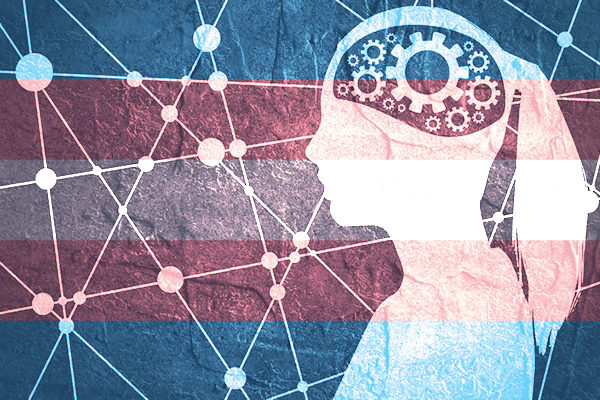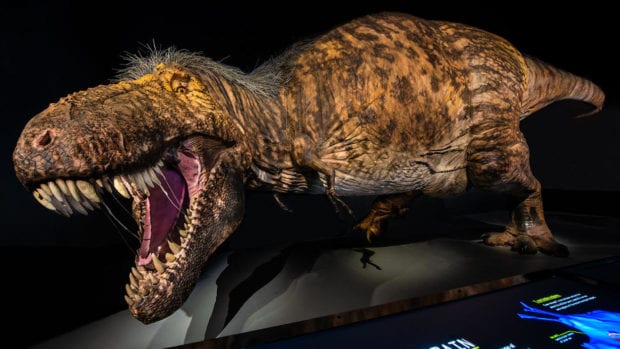That !Eureka! Moment
"These kids were quite sick, both of them. Trying a 'Hail Mary' is allowed under those circumstances, frankly."
"[It's just two reported cases so far] But I think it's extremely encouraging that the outcome for two kids appears to be very different from what typically happens to these children."
"We have a glimmer of hope here."
Dr. Bruce Gelb, pediatric cardiologist, Mount Sinai Hospital, New York
"It [hypertrophic cardiomyopathy] may come back very quickly and be very difficult to control, or it could remain as is."
"There is not a single study, not a single animal or human study that can answer this question."
"We explained everything to the parents. [Now, after more than 17 months of treatment, Lyana's heart has gone from a heart triple its normal size] to pretty much a normal heart."
Dr. Gregor Andelfinger, pediatric cardiologist, Universite de Montreal, Saint-Justine Hospital
 |
| Lyana Deslauriers is held by dad Joel as they meet up with Dr. Gregor Andelfinger at Sainte Justine’s Children’s Hospital in Montreal. |
Noonan syndrome is classified as a RASpathy. RAS genes function to produce proteins controlling cell communication where a chain of proteins transmit signals outside cells to the nucleus within. When the final signal in that cell's pathway reaches the nucleus, the cell responds as instructed; either to divide, multiply or die. Noonan mutation has the RAS genes becoming hyperactive, interfering with the normal flow of contact between cells.
As in the pathway for cancer where cells begin proliferating exponentially, so do these cells; the end result to cause hyper or muted growth in the tissues affected. Roughly a third of children with Noonan syndrome are born with some kind of heart defect, but the extreme form of rapidly progressing hypertrophic cardiomyopathy is rare, and a child born in Montreal two years ago -- Lyana Deslauriers -- had that lethal condition. Her thick dense heart was expected to continue growing until it killed the toddler.
But then her doctors in Montreal tried something different and the results appear to have turned this common, incurable and rare disease from a death sentence to a treatable condition. A cancer drug re-purposed to treat this child's condition appears to have reversed it, shrinking the heart muscle to a normal size to halt it from suffocating itself. The question now is, will withdrawal of the treatment see the condition roar back to life and in so doing, threaten little Lyana's life expectancy as it did before?
"It may come back very quickly and be very difficult to control, or it could remain as is", stated Dr. Andelfinger, the infant's pediatric cardiologist. Lyana's heart structure was revealed by ultrasound before birth to be abnormal when all four of her heart valves were seen failing their purpose, to open and close in concert with each heartbeat, allowing blood to flow in and out. Her heart muscle, oddly thick, was certainly abnormal.
 |
| Dr. Gregor Andelfinger meets with his patient, two-year-old Lyana Deslauriers (bottom) and her family. |
Despite this, her heart continued to grow thicker. Dr. Andelfinger contacted Dr. Gelb at Mount Sinai, the man who had first discovered some of the genes involved in Noonan syndrome. In turn, Dr. Gelb informed his colleague from Montreal of another baby in Germany who had a different mutation in the same gene as Lyana, who was connected to a ventilator in intensive care, her condition if anything more severe than Lyana's.
This led the Montreal and German researchers to study related literature where scientists had started to understand that the mutations driving Noonan's overlap with mutations that are involved in a third of human cancers. Researchers had begun to experiment with genetically engineered mice and when the mice, which developed human-type Noonan's were treated with an anticancer drug blocking the growth cycle, the effects vanished.
The cancer drug trametinib was administered to Lyana and the German child, while both sets of parents were informed no guarantees of success could be given, nor that "deleterious effects" might not ensue. When three months with the treatment passed, improvement of then-14-week-old Lyana was impressive; in fact both babies' hearts began diminishing impressively. Leaving them eventually after 17 months of treatment with normal-size hearts.
The results of the doctors' experimental treatment for two infants whose lives might have been forfeit by the deadly condition they were born with, saw publication in the Journal of the American College of Cardiology. Now, larger studies are anticipated, and if the results are successfully replicated, a new advance in treating a once-incurable condition will have been achieved.
 |
Labels: Children, Disease, Genetics, Health, Medicine, Research











/arc-anglerfish-tgam-prod-tgam.s3.amazonaws.com/public/IZPQWTFQKJDTNP2R4EDBX6AH6Q.jpg)













